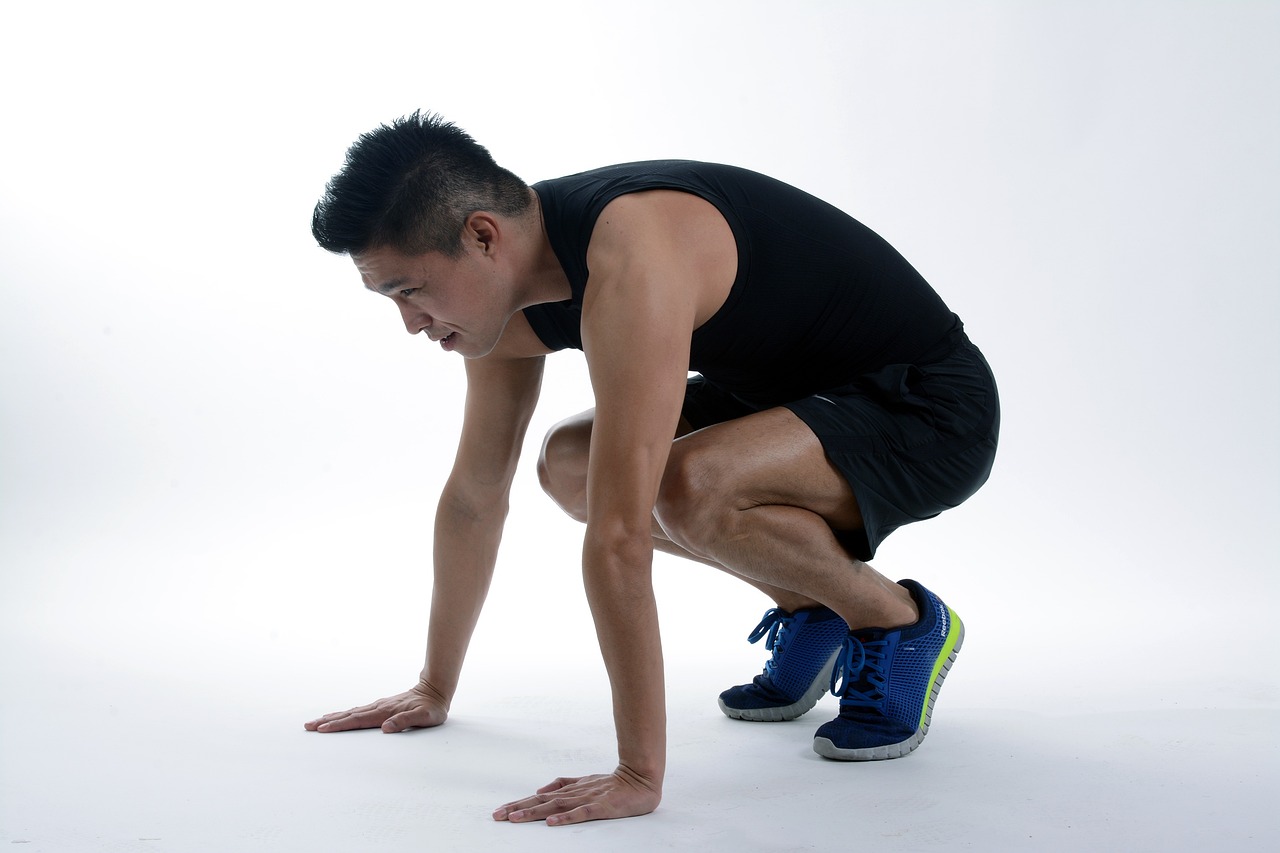Unlocking the Potential of Functional Movement for Optimal Health
The human body is a complex, intricate system designed for movement. However, in today's sedentary culture, many of us neglect our bodies' need for dynamic, functional movement. This neglect can lead to physical discomfort, decreased mobility, and a negative impact on overall wellbeing.

Let’s explore the world of functional movement and how incorporating it into your daily routine can significantly improve your health and wellness.
A Brief History of Functional Movement
The concept of functional movement is not new. It dates back to our ancestors, who relied on a wide range of movements for survival – bending, reaching, squatting, twisting, running, and climbing.
However, modern lifestyle changes have led to a decline in these necessary movements. The rise of desk jobs, technology, and convenience-focused society means we’re moving less, leading to a host of health problems, including obesity, heart disease, and musculoskeletal disorders.
The Science Behind Functional Movement
Functional movement focuses on training the body for real-life movements. These movements often involve multiple joints and muscles working together, as opposed to isolation exercises like bicep curls or leg extensions that target individual muscles.
Research shows that functional movement exercises can improve balance, agility, and muscle strength, and reduce the risk of injury. A study published in the Journal of Strength and Conditioning Research found that functional movement training significantly improved upper body strength and agility in female collegiate athletes.
The Benefits and Challenges of Functional Movement
Functional movement can provide numerous health benefits, including improved fitness, better balance, increased strength, and a reduced risk of injury. It also promotes better posture and can alleviate chronic pain.
However, the challenge lies in learning and executing these movements correctly. Without proper form, functional movements can lead to injury. Therefore, it’s crucial to seek guidance from a qualified professional when starting a functional movement regimen.
Practical Tips to Incorporate Functional Movement into Your Daily Routine
- Start with the basics: Simple functional movements like walking, squatting, or carrying groceries can be a great starting point.
- Seek professional guidance: A physical therapist or a certified trainer can help ensure you’re performing movements correctly and safely.
- Incorporate variety: The human body thrives on various movements, so mix up your routine to challenge different muscle groups and joints.
- Listen to your body: If a movement causes pain or discomfort, stop and seek professional advice. Remember, functional movement should enhance your wellbeing, not cause distress.
In conclusion, functional movement offers a scientifically-backed, practical approach to improving health and wellness. By incorporating these movements into your daily routine, you can enhance your physical fitness, reduce your risk of injury, and boost your overall wellbeing. Remember to start slow, seek professional guidance, and listen to your body. With patience and consistency, you’ll unlock your body’s full potential and pave the way for a healthier, more active lifestyle.





